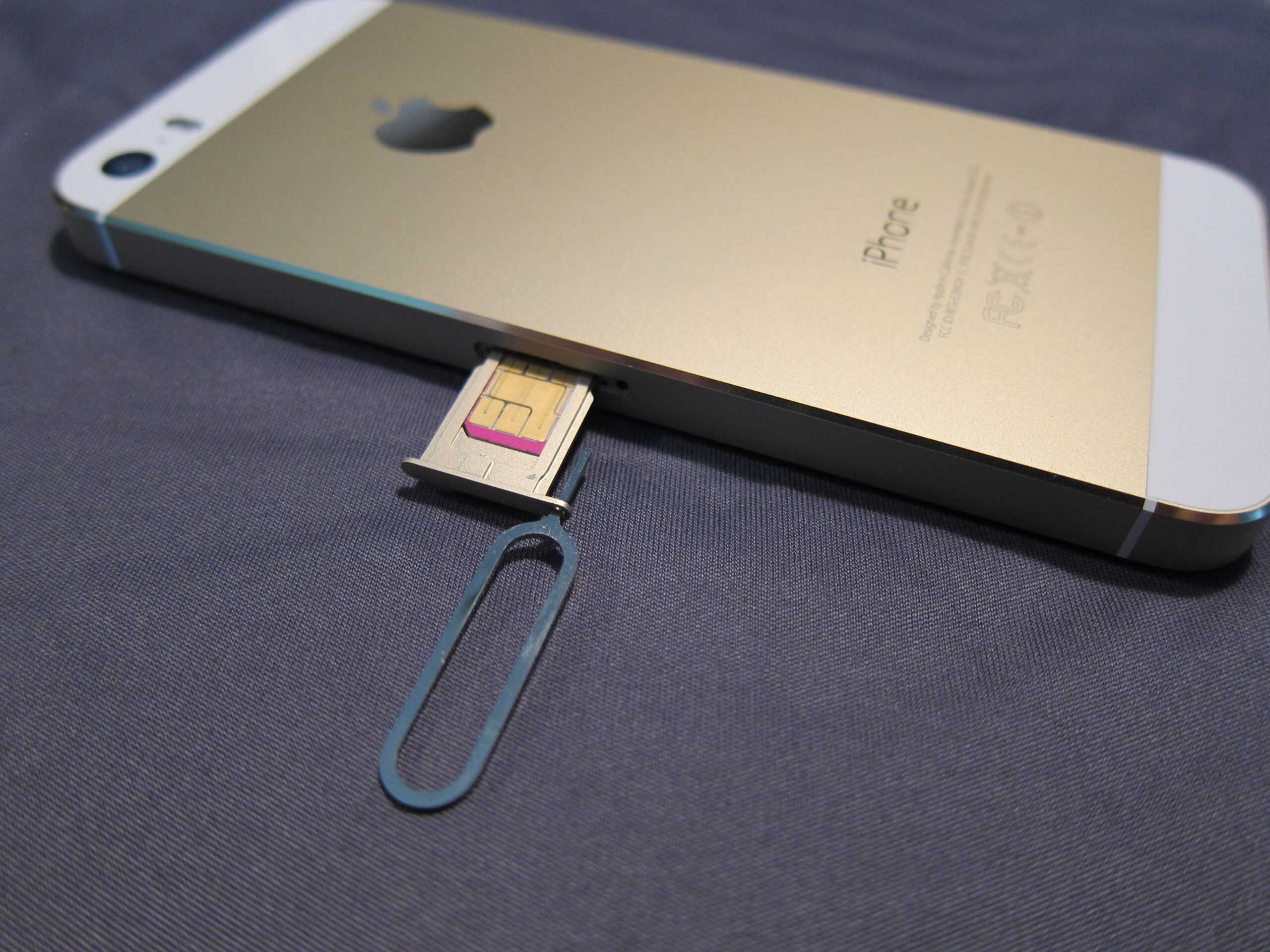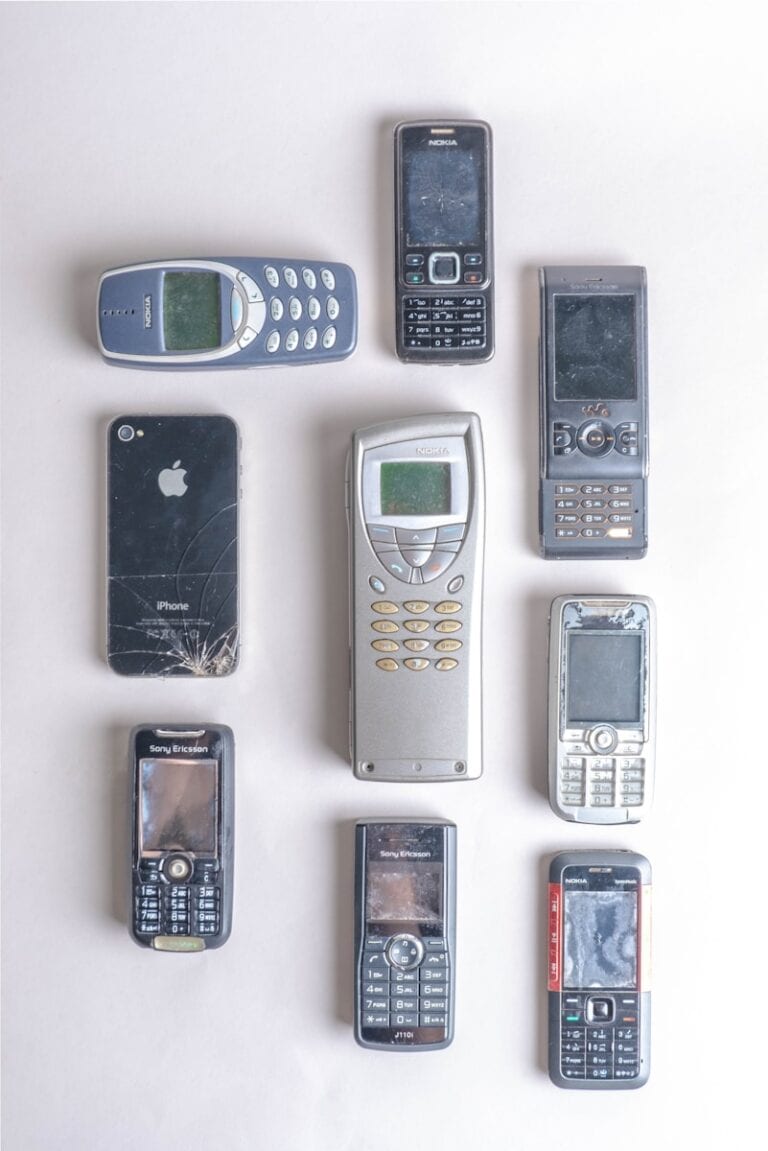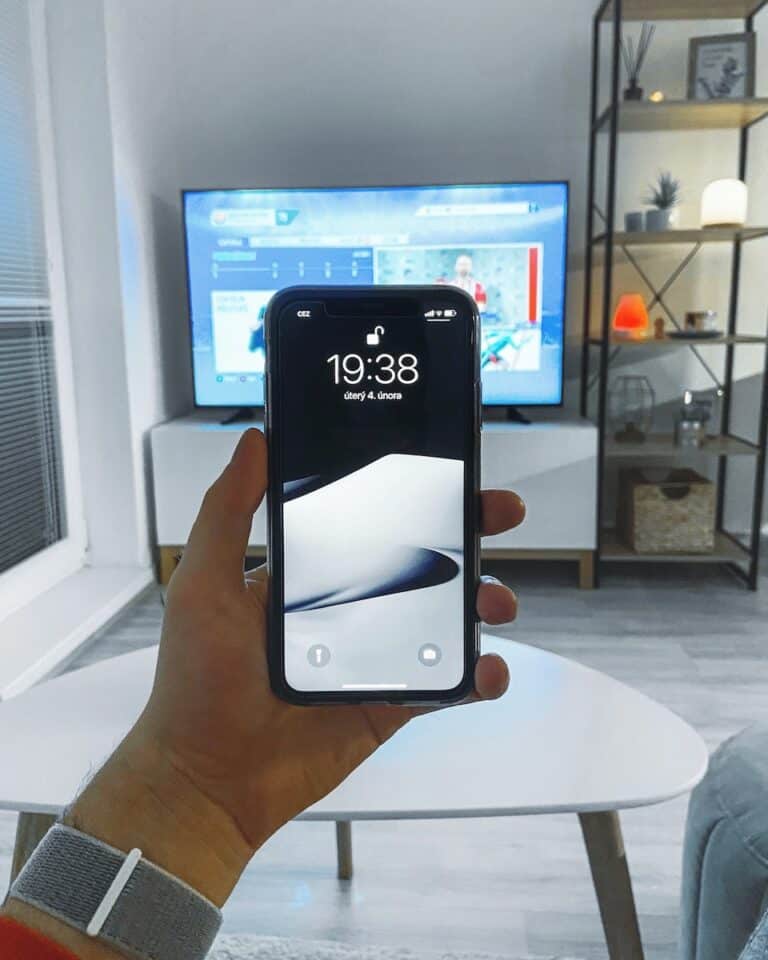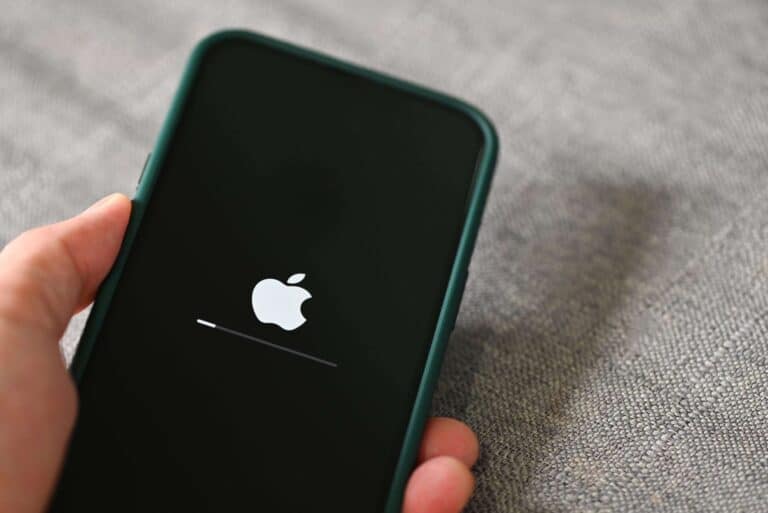Your phone just broke, but you still have your SIM card. Yes, you can put your SIM card in another phone and continue using your phone number and cellular service. The SIM card acts like your mobile identity card and works in any compatible device.
When you move your SIM card to a new phone, you keep your phone number and can make calls right away. The process takes just a few minutes and requires no special tools beyond what comes with most phones. Your contacts and text messages stored on the SIM card will also transfer over.
This guide covers everything you need to know about using your SIM card in a different phone after damage occurs. You’ll learn the step-by-step process, what data transfers automatically, and solutions to common problems that might come up during the switch.
Can I Put My SIM Card in Another Phone?
If your phone is broken and you need to stay connected, you might be wondering if you can simply transfer your SIM card to another phone. The good news is: yes, in most cases you can! Here’s a straightforward guide explaining what happens when you move your SIM card to a different phone and what you need to know.
What Is a SIM Card?
A SIM (Subscriber Identity Module) card is a small chip that stores your phone number, carrier account information, and some contacts. It acts as your identity on your mobile network.
Can You Put Your SIM Card in Another Phone?
Yes! Here’s what happens:
- Your phone number and cellular service move with the SIM card. When you insert your SIM into another phone, that phone will use your existing mobile number and carrier plan.
- You can make calls, send texts, and use mobile data on the new phone as long as it’s compatible with your carrier and network.
- Your contacts saved on the SIM card will be available on the new phone.
Important Things to Consider
1. Phone Compatibility
- The new phone must be unlocked or locked to the same carrier as your SIM card.
- It must support the SIM card size (Nano, Micro, or Standard). Adapters are available if sizes differ.
- The phone should support the network technology your carrier uses (GSM or CDMA).
2. Data on Your Old Phone
- The SIM card does NOT store your photos, apps, messages, or passwords. These are saved on the phone’s internal storage or cloud backups.
- If your old phone is broken, you won’t transfer app data or saved passwords just by moving the SIM card.
- To recover other data, you’ll need a backup or specialized data recovery tools.
3. Network and Carrier Restrictions
- If you switch to a phone on a different carrier, you may need to port your number or get a new SIM card.
- Some carriers require activation steps when changing devices.
How to Transfer Your SIM Card Safely
- Power off both phones.
- Locate the SIM card tray on your broken phone and carefully remove the SIM card.
- Insert the SIM card into the new phone’s SIM tray.
- Power on the new phone.
- Follow on-screen prompts to activate or set up cellular service if needed.
What If My Phone Is Broken Beyond Use?
- If your phone is completely unusable but the SIM card is intact, transferring the SIM to a new phone is the easiest way to restore service.
- If the SIM card is damaged, contact your carrier for a replacement SIM.
Summary
| Question | Answer |
|---|---|
| Can I use my SIM card in another phone? | Yes, if the new phone is compatible. |
| Will my phone number transfer? | Yes, your number stays with the SIM. |
| Will my photos and apps transfer? | No, those are stored on the phone, not SIM. |
| What if the SIM card size differs? | Use a SIM adapter or get the correct size. |
| What if the phone is carrier locked? | You may need to unlock it or use a compatible phone. |
By moving your SIM card to a new or borrowed phone, you can quickly regain mobile service even if your original phone is broken. Just remember that the SIM card holds your network identity, not your personal data or apps.
Key Takeaways
- You can move your SIM card to any compatible phone and keep your phone number working immediately
- Only data stored on the SIM card transfers automatically, while photos and apps stay on the broken device
- Most SIM card switches work without problems, but carrier locks and size differences can cause issues
Using Your SIM Card in Another Phone After Device Damage
When a phone breaks, the SIM card usually remains functional and can be moved to another device. Most data stays on the phone itself, but some information like contacts and text messages may transfer depending on where they were stored.
When You Can Put Your SIM Card in Another Phone
A SIM card works in another phone as long as the card isn’t physically damaged. The phone needs to be turned off before removing the SIM card to prevent damage.
Users need a SIM ejector tool or small pin to remove the card from the broken phone. The SIM card should slide out easily from the tray.
SIM Card Sizes:
- Nano SIM – Smallest size, used in most newer phones
- Micro SIM – Medium size, found in older smartphones
- Standard SIM – Largest size, rare in modern devices
If the new phone uses a different SIM size, adapters can make smaller cards fit larger slots. Carriers can also provide new SIM cards in the correct size.
The new phone must be unlocked or compatible with the same carrier network. Locked phones only work with specific carriers and will reject other SIM cards.
What Data Transfers With the SIM Card
SIM cards store limited data compared to phones. The main information includes the phone number, carrier settings, and network authentication details.
Some contacts transfer if they were saved to the SIM card instead of phone memory. Most modern phones save contacts to internal storage by default, which doesn’t transfer with the SIM.
Data that transfers:
- Phone number
- Carrier network settings
- Some contacts (if saved to SIM)
- Limited text messages
Data that doesn’t transfer:
- Photos and videos
- Apps and app data
- Most contacts
- Phone settings
- Music and files
Users can check contact storage location in phone settings. Android phones show this in Contacts > Settings. iPhone users can import SIM contacts through Settings > Contacts.
Text Messages and Call Logs on a New Phone
Text messages usually stay on the broken phone, not the SIM card. Modern smartphones store messages in internal memory rather than on the SIM.
Some older phones and basic feature phones save messages to the SIM card. These messages transfer when the SIM moves to a new phone.
Call logs don’t transfer with SIM cards. Phone call history stays on the original device and doesn’t move to the new phone automatically.
New text messages and calls work normally once the SIM card is in the new phone. The phone number remains the same, so people can still reach the user.
Android and iPhone handle message storage differently, but both typically save to internal memory instead of the SIM card.
Compatibility With Android and iPhone Devices
SIM cards work between Android phones and iPhone devices. The phone number and basic carrier services transfer regardless of operating system.
iPhone devices require nano SIM cards in most models. Older Android phones might use micro or standard SIM sizes depending on the model year.
Cross-platform considerations:
- Phone number transfers completely
- Carrier services work normally
- SIM contacts import on both systems
- Message history doesn’t transfer between platforms
Android phones can export contacts to SIM cards before switching. Users go to Contacts > Settings > Import/Export > Export to SIM card.
iPhone users import SIM contacts through Settings > Contacts > Import SIM Contacts. This only works if contacts were previously saved to the SIM card.
Network bands might differ between phone models. Most modern devices support the same basic frequencies, but some older phones have limited compatibility.
Frequently Asked Questions
Moving a SIM card from a broken phone to another device raises common concerns about data transfer, service continuity, and phone compatibility. Most users can expect their phone number and cellular service to work immediately, though some data and settings may not transfer automatically.
What should I expect after transferring my SIM card to a new phone?
The phone number transfers instantly when users insert their SIM card into a compatible device. Cellular service, including calls, texts, and mobile data, typically works within minutes.
The new phone will connect to the same carrier network automatically. Users can make and receive calls right away if the device is unlocked or compatible with their carrier.
Some settings may need manual setup. Voicemail passwords, mobile hotspot configurations, and carrier-specific features might require activation through the new device’s settings menu.
Does inserting my SIM card into a different phone move all my data?
SIM cards store limited information and do not contain most personal data. Photos, apps, music, and documents remain on the original device’s internal storage.
Modern SIM cards typically hold only the phone number, carrier information, and sometimes a small number of text messages. Contact storage on SIM cards is minimal compared to phone storage.
Users must transfer data separately through cloud backups, computer transfers, or manual methods. The SIM card alone does not move apps, photos, or most personal files between devices.
Will my contacts and phone number transfer over to another phone with my SIM?
The phone number transfers automatically with the SIM card. Users keep their existing number without contacting their carrier in most cases.
Contact transfer depends on where contacts were originally stored. Contacts saved to the SIM card will transfer, but this storage method is uncommon on modern smartphones.
Most contacts are stored in phone memory or cloud accounts like Google or iCloud. These contacts require separate syncing or backup restoration to appear on the new device.
Can there be compatibility issues when I put my SIM card into a different phone?
Locked phones only work with specific carriers and will reject SIM cards from other networks. Users see error messages when attempting to use incompatible SIM cards in locked devices.
SIM card size differences can prevent insertion. Standard, micro, and nano SIM formats are not interchangeable without adapters or carrier replacement.
Network technology mismatches may limit functionality. Older devices might not support all features of newer network standards, affecting data speeds or service quality.
What happens to my existing service plan if I switch my SIM card to a new phone?
Service plans remain unchanged when users move SIM cards between compatible devices. Monthly charges, data allowances, and plan features continue without modification.
Carrier systems recognize the SIM card rather than the specific device. Plan billing and service continue normally as long as the new phone supports the carrier’s network.
Some carriers may detect device changes and send notification messages. These alerts are informational and do not affect service or billing in most cases.
Do I need to notify my carrier before using my SIM card in a different handset?
Most carriers do not require notification for SIM card transfers between compatible devices. The change happens automatically when users insert the SIM card and power on the new phone.
Some carriers offer device registration for enhanced support and troubleshooting. This optional step can help with technical issues but is not mandatory for basic service.
Users should contact carriers only if service problems occur after the transfer. Representatives can verify account status and troubleshoot compatibility issues if needed.






